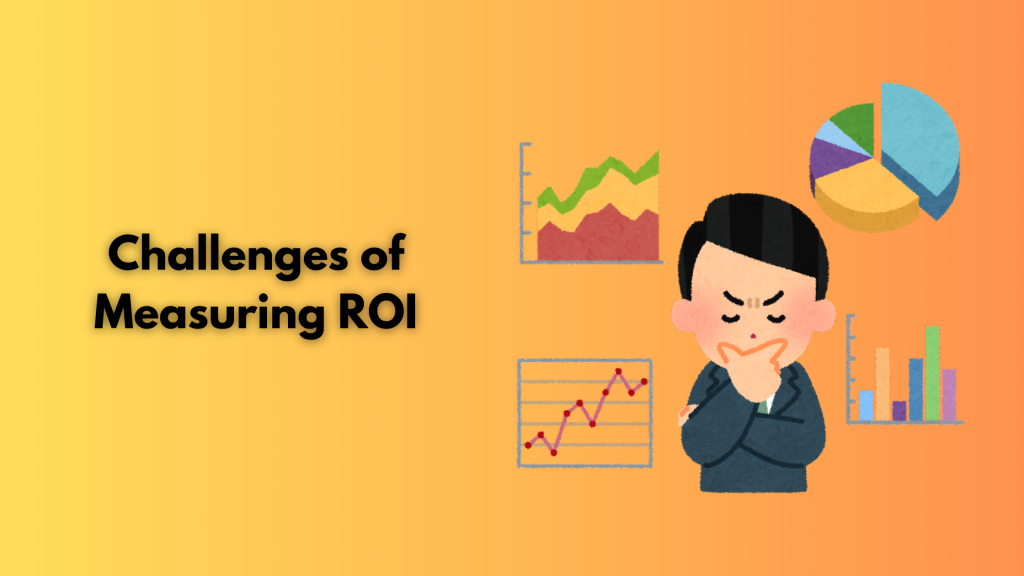
Marketing dominates the industry irrespective of the niche everyone is investing in. According to Gartner and Deloitte, businesses spend 9-10% of their revenue on marketing. Many CFOs demand concrete evidence for such a budget. However
The power of data-driven insights is very important, especially when margins are slim and decisions are crucial. Also, with multi-channel strategies, evolving technologies, and changing customer behaviour, it is difficult to measure ROI.
In this blog, we’ll learn the benefits and challenges of measuring ROI and some important metrics for measuring it.
What are the benefits of measuring ROI
Return on Investment is an important metric that helps in measuring the profit earned by an investment as compared to its cost. It is expressed in percentage. ROI is very beneficial for your business because it helps in making smart decisions. It helps in making smart decisions about the budget, projects, etc. It also helps in the better allocation of resources, you can invest more resources in profit-earning areas and eliminate the risk of resource wastage by reducing resources in low-performing areas. This enhances your accountability and budgeting. You can allocate more budget to high-performance projects.
Measuring ROI also helps in improving the efficiency of your business. By identifying the area of inefficiency, you can optimize it with available resources and make it efficient. It helps in creating a better strategic plan and improves transparency.
ROI also helps in identifying potential risks and opportunities. By acting on time, you can eliminate these potential risks. ROI provides important insights to you related to customer behavior, preferences, etc, so that you can create a better strategy and stay ahead of the competition. Most importantly, ROI helps in proving and justifying your investments and the value of the project to stakeholders, investors, etc.
Challenges in measuring ROI

Here are some of the challenges that you can face while measuring an ROI
- Cost: Identifying and determining the true cost of ROI is difficult. Marketing expenses span across various channels, which are often overlapping and difficult to segregate. For example, how much budget will you allocate for running a social media campaign whose content is initially prepared for an email campaign? Also, if at the same time you are working on multiple projects, how will you align the budget?
- Tracking Metrics: It is difficult to find relevant metrics to measure results. At the same time, it is difficult to find the incremental value delivered by a marketing campaign. Also, assigning a monetary value to intangible assets such as brand awareness, visibility, etc, can be complex.
- Data Quality: Ensuring access to complete and accurate data is tricky, especially in decentralised organisations.
- Duration: There can be a long period of gap between the investment and the realisation of its benefits; in such a situation, it can be challenging to measure ROI.
- Resources: Measuring ROI requires sufficient resources, including time, money, competency, etc. In the absence of these resources, measuring ROI can be a daunting task.
- Standardisation: There is no standard approach for measuring ROI. This is why it is difficult to measure and compare the results of different campaigns.
- Business Atmosphere: The nature and trend of the business keeps changing, which makes it difficult to measure the ROI.
- Calculations: Measuring ROI can include complex calculations and formulas, which can make it prone to more errors and misjudgements.
- Intangible Benefits: Many a time, campaigns offer many intangible benefits such as brand visibility, employee engagement, etc, which can’t be measured.
- Attribution Channel: Examining which specific marketing channels contributed to a particular outcome is a complex task.
Important metrics for measuring ROI

Some of the important metrics for measuring ROI are
- Return on Investment (ROI): Measures the return or profit generated by an investment. It is expressed as a percentage.
- Return on Ad Spend (ROAS): Measures the revenue generated by an advertising campaign against its cost.
- Cost per Acquisition (CPA): It measures the cost of acquiring one conversion and customer.
- Cost-per Click: It measures the cost of each click on an online ad or campaign.
- Conversion Rate: It measures the percentage of customers who performed a desired action on your website.
- Customer Acquisition Cost (CAC): Measures the cost of acquiring a new customer.
- Customer Lifetime Value (CLV): It measures the total value a customer brings to your business over their life.
- Net Present Value(NPV): It measures the current value of future cash flows generated by investment.
- Internal Rate of Return (IRR): Measures the rate at which an investment generates returns.
- Payback Period: Measures the time an investment takes to generate a return equal to its cost.
Measuring ROI in today’s time is not limited just to a financial arena but to strategic planning also. It requires an understanding of multiple marketing areas and the creation of a balance between quantitative and qualitative data. By adopting a more holistic and diversified approach, marketers can better grasp an understanding of the data. Lumia 360 provides digital solutions to small and medium enterprises to enhance their online visibility and boost ROI.
Read Also: Neumorphism in Web Design
Read Also: Best Practices Of Web Designing For Small Businesses



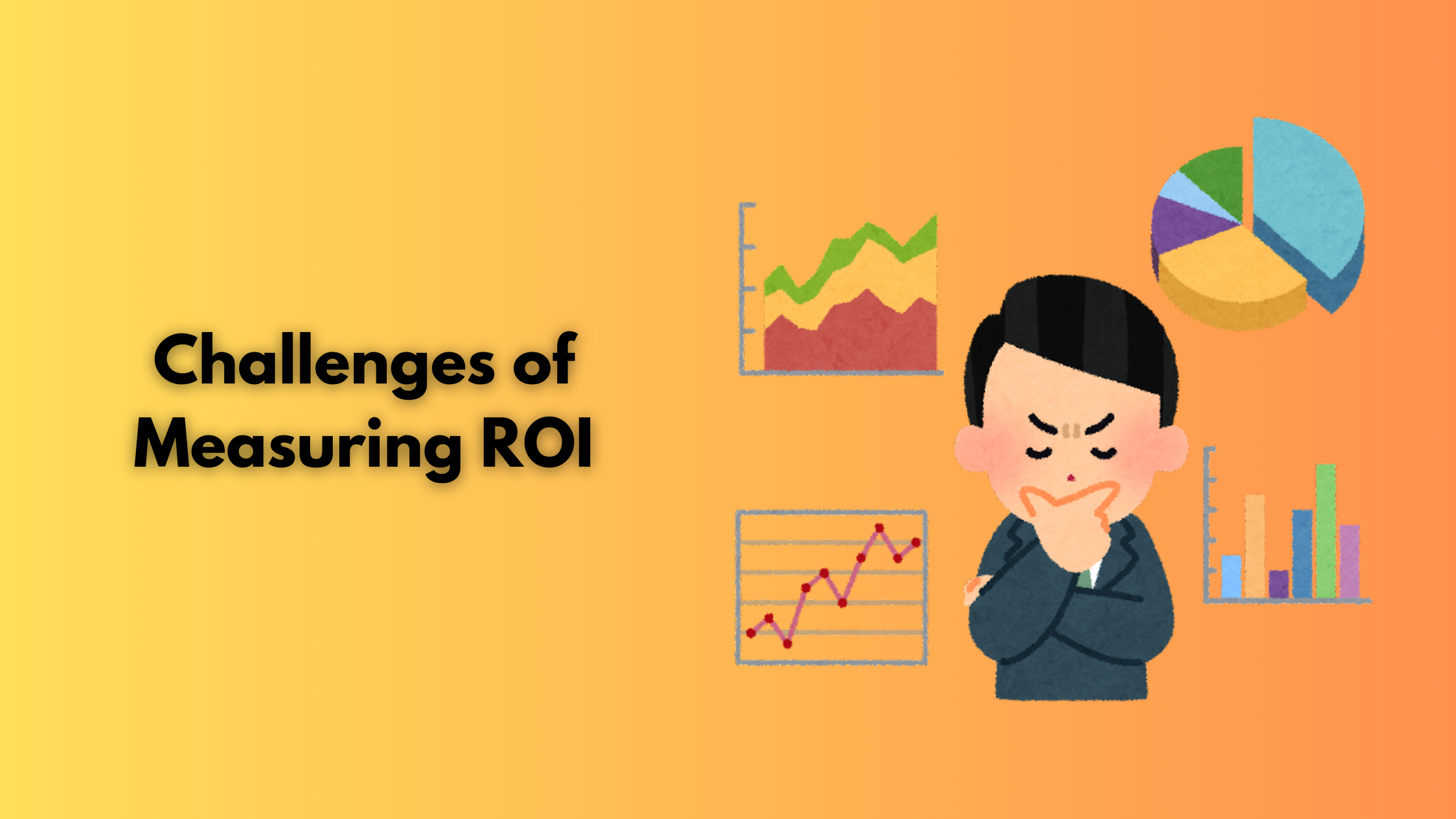







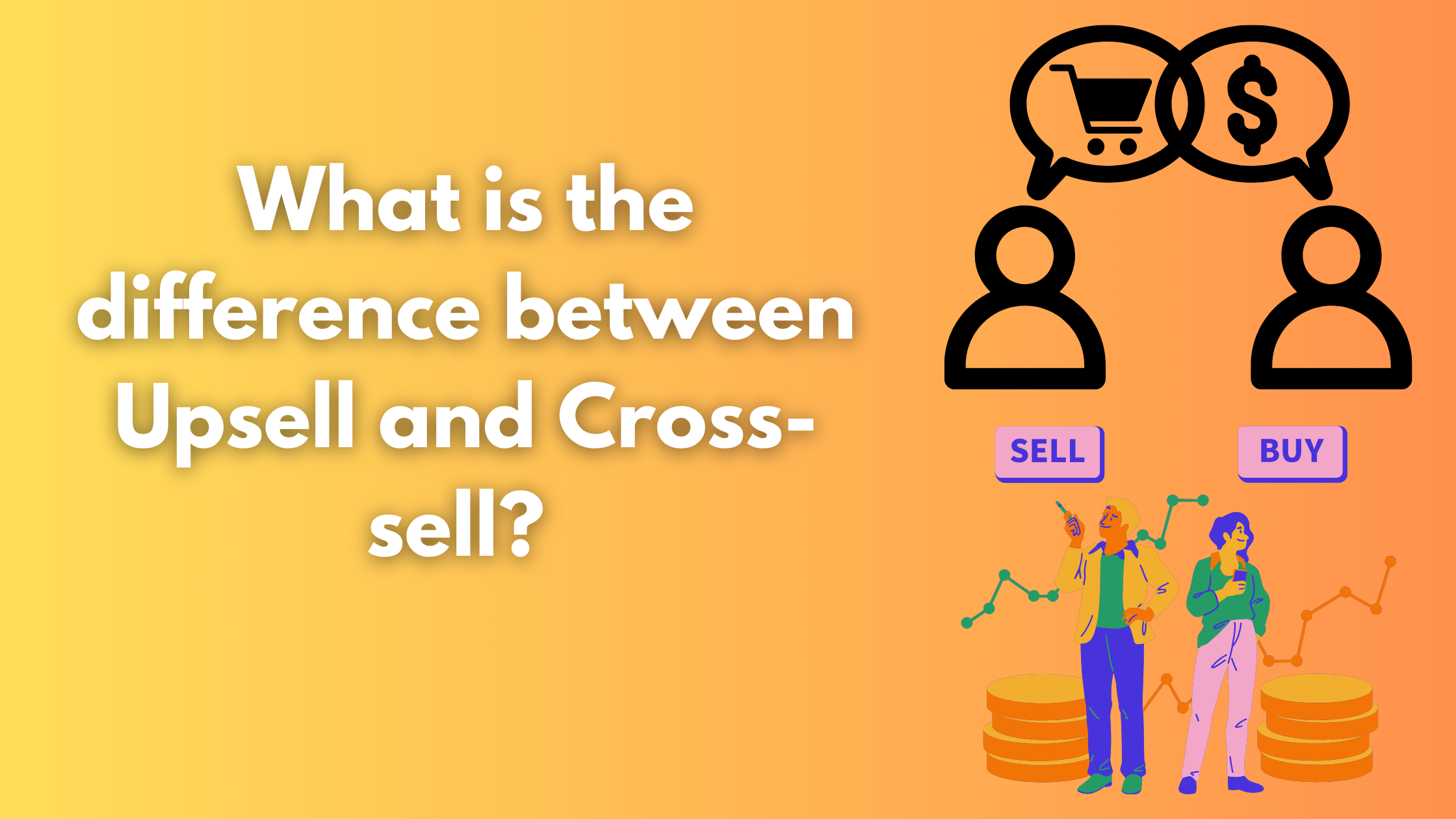
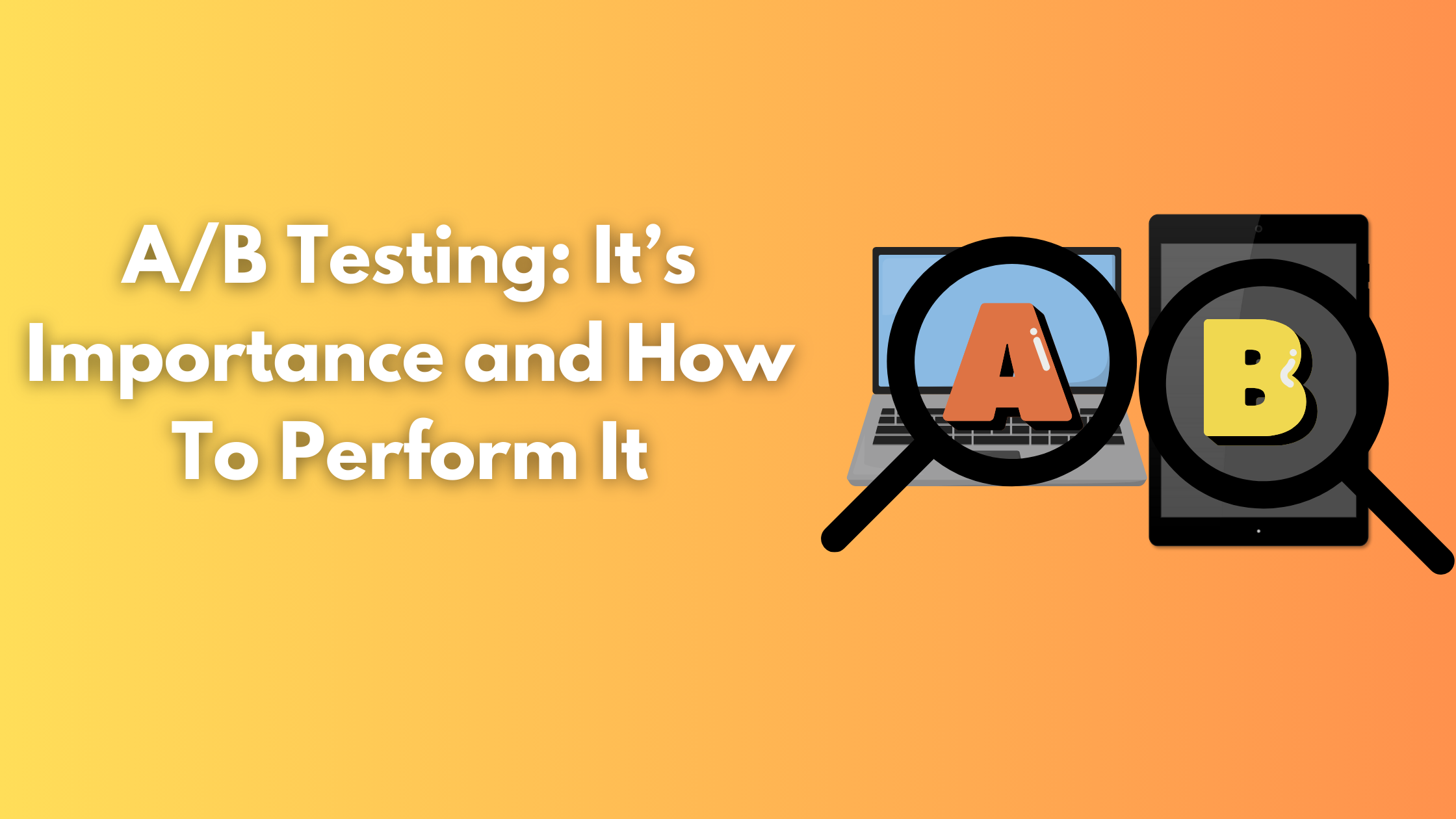
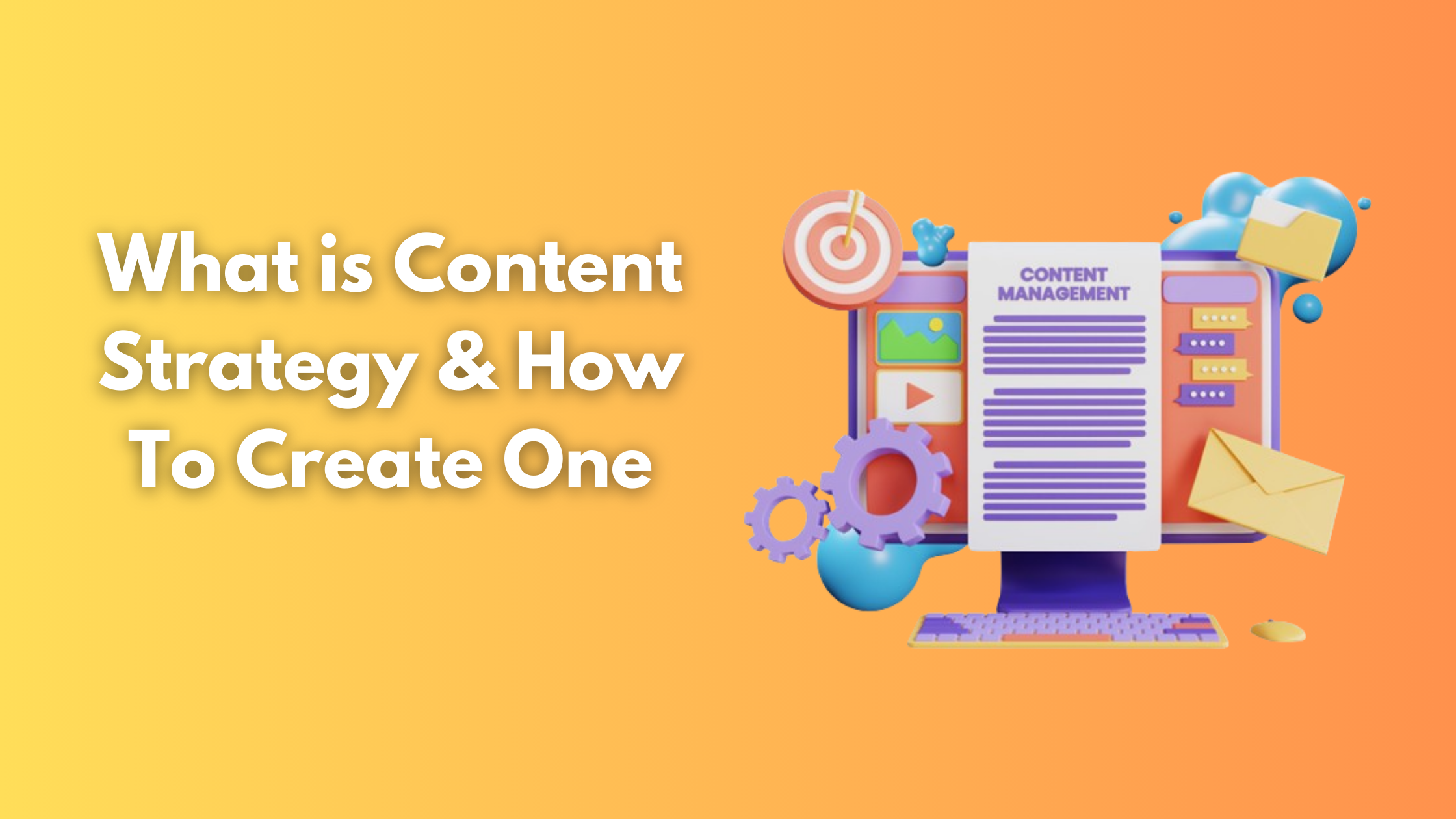















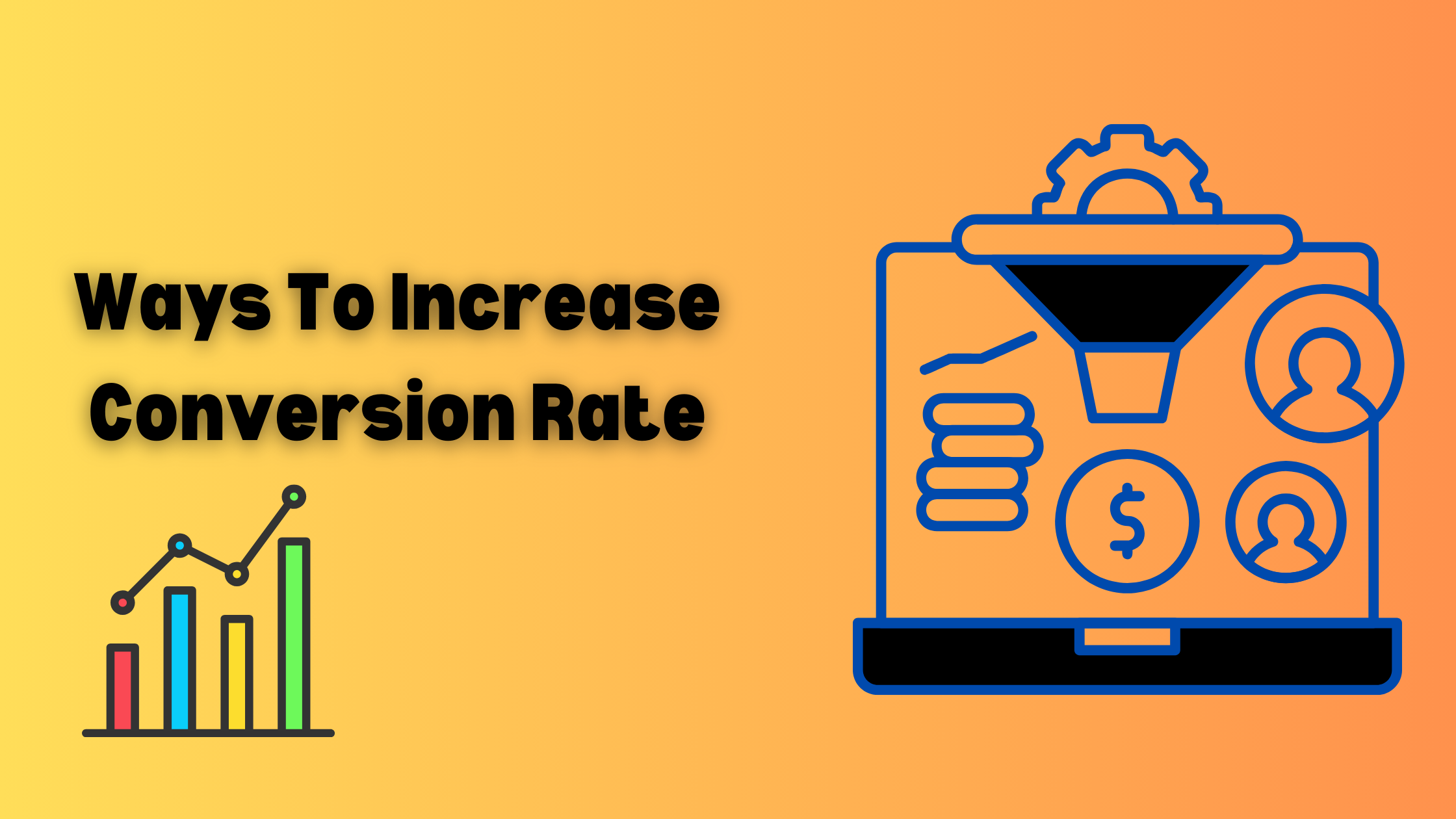
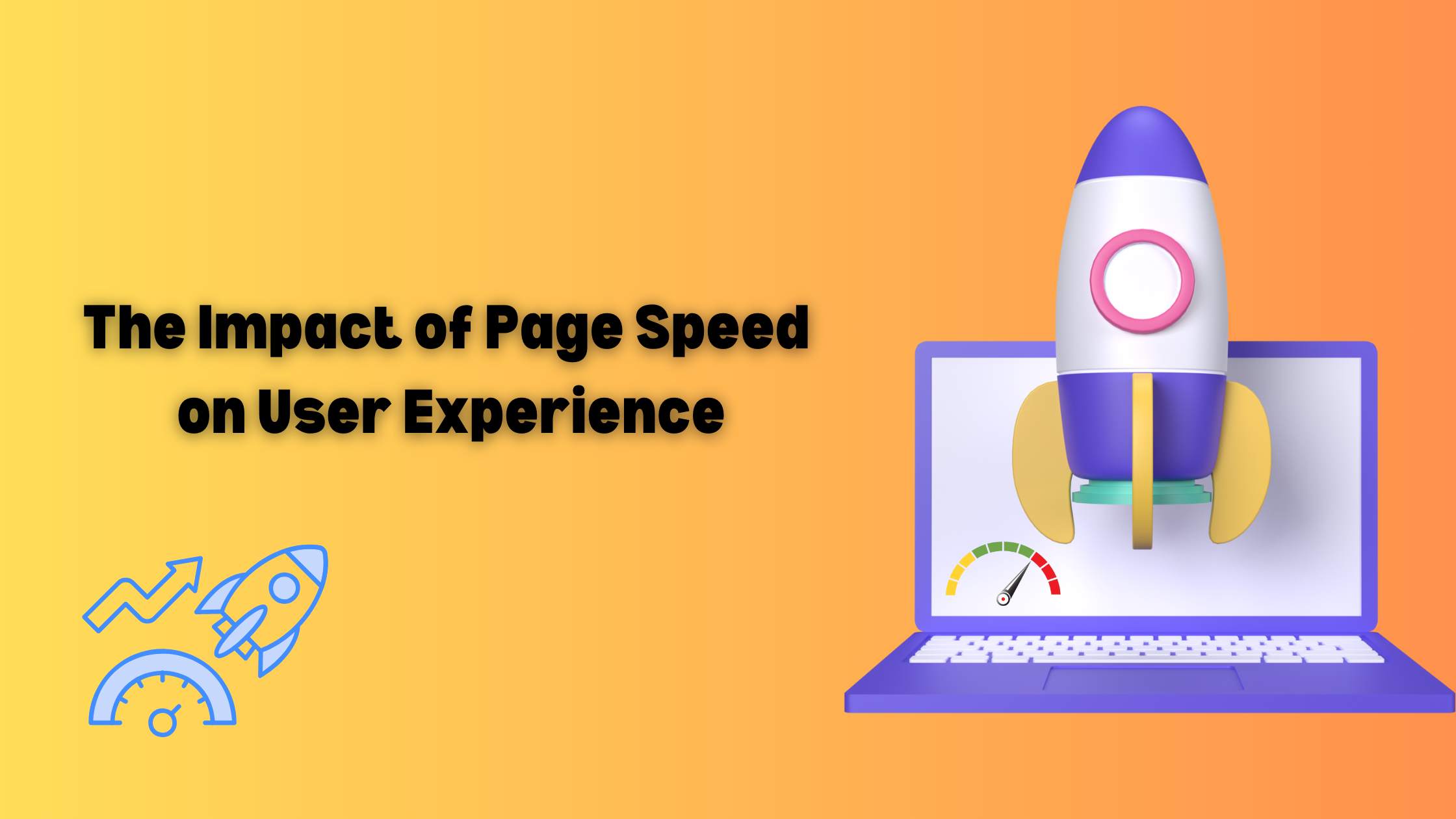
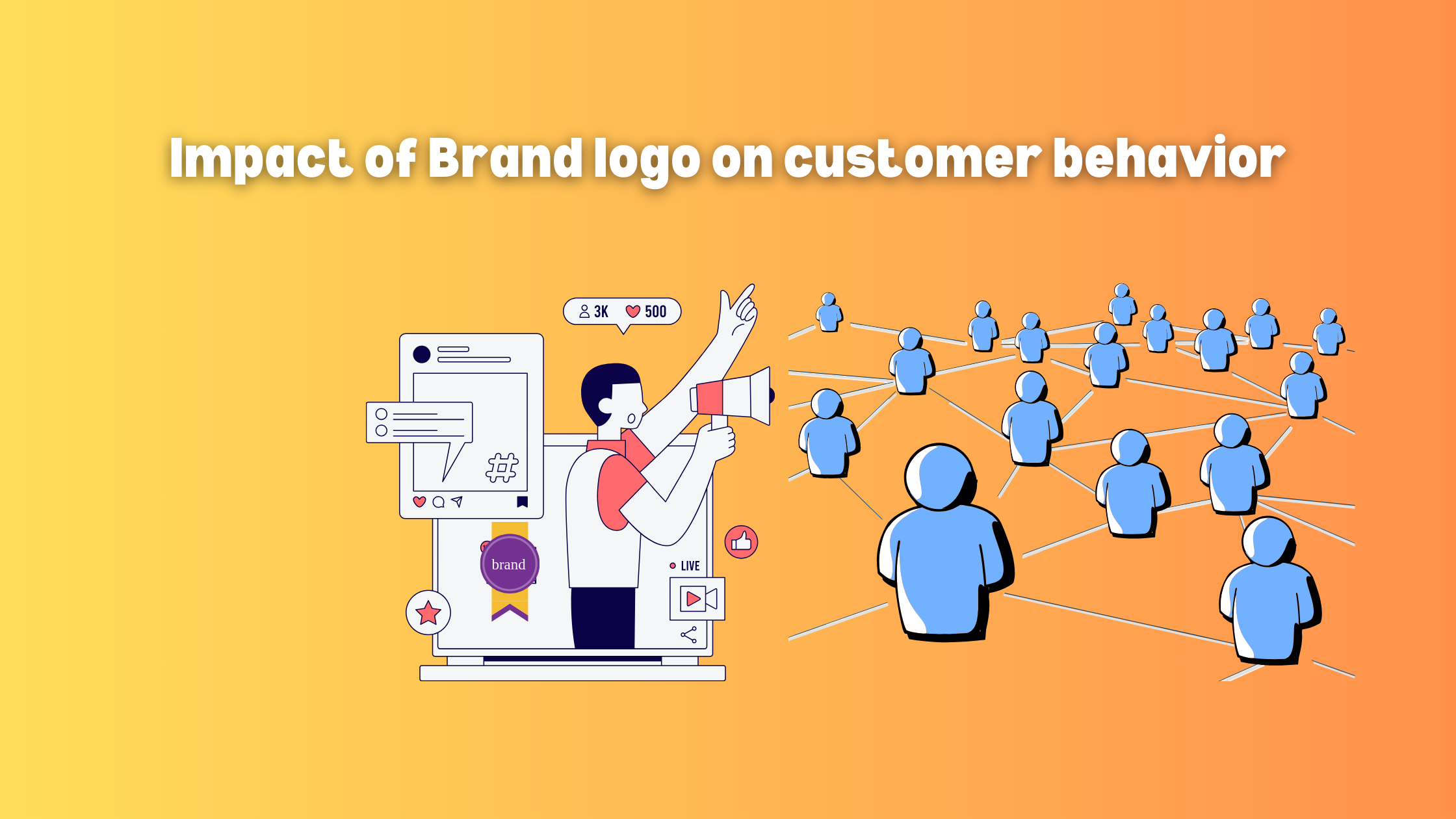

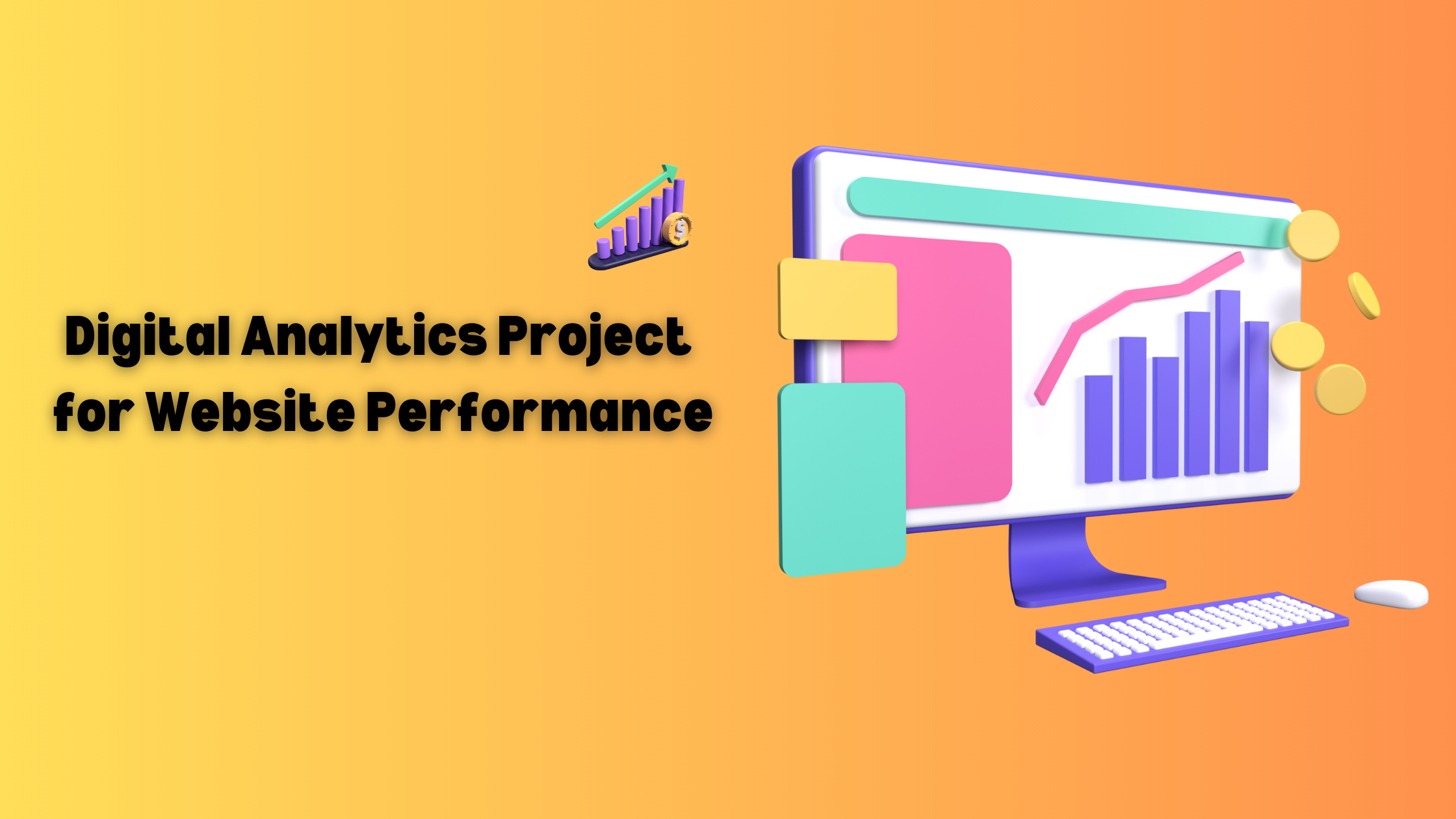













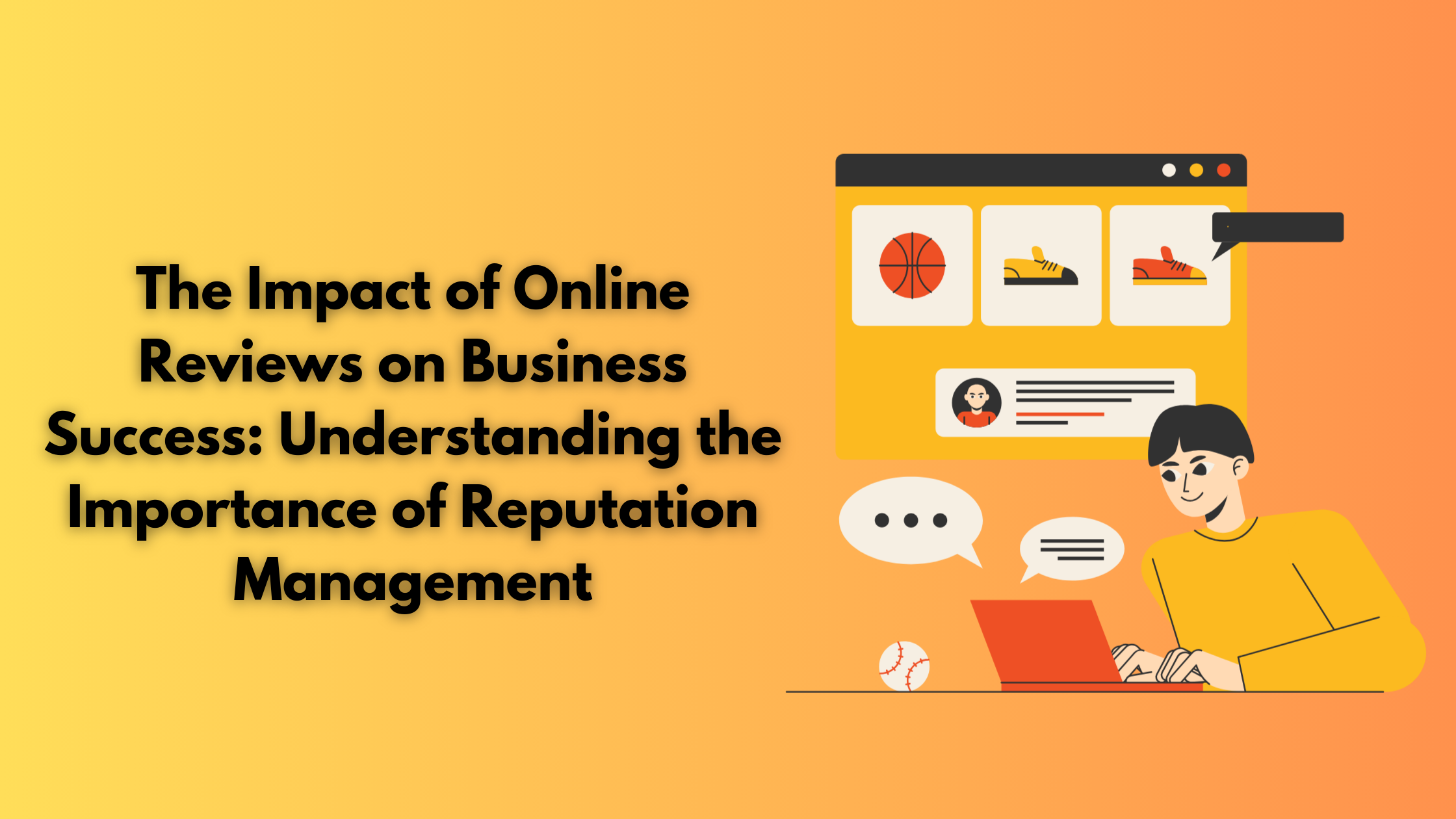






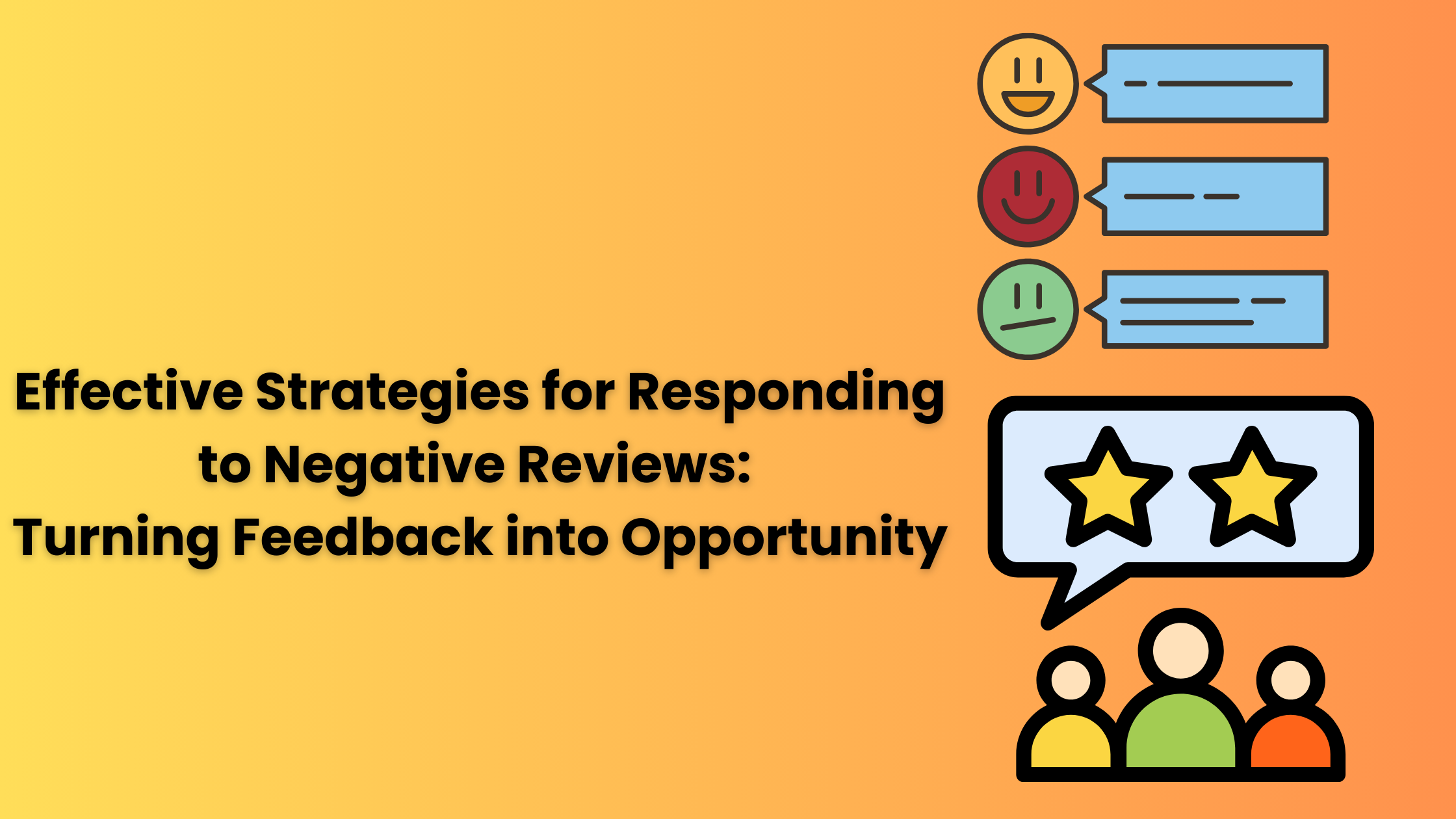





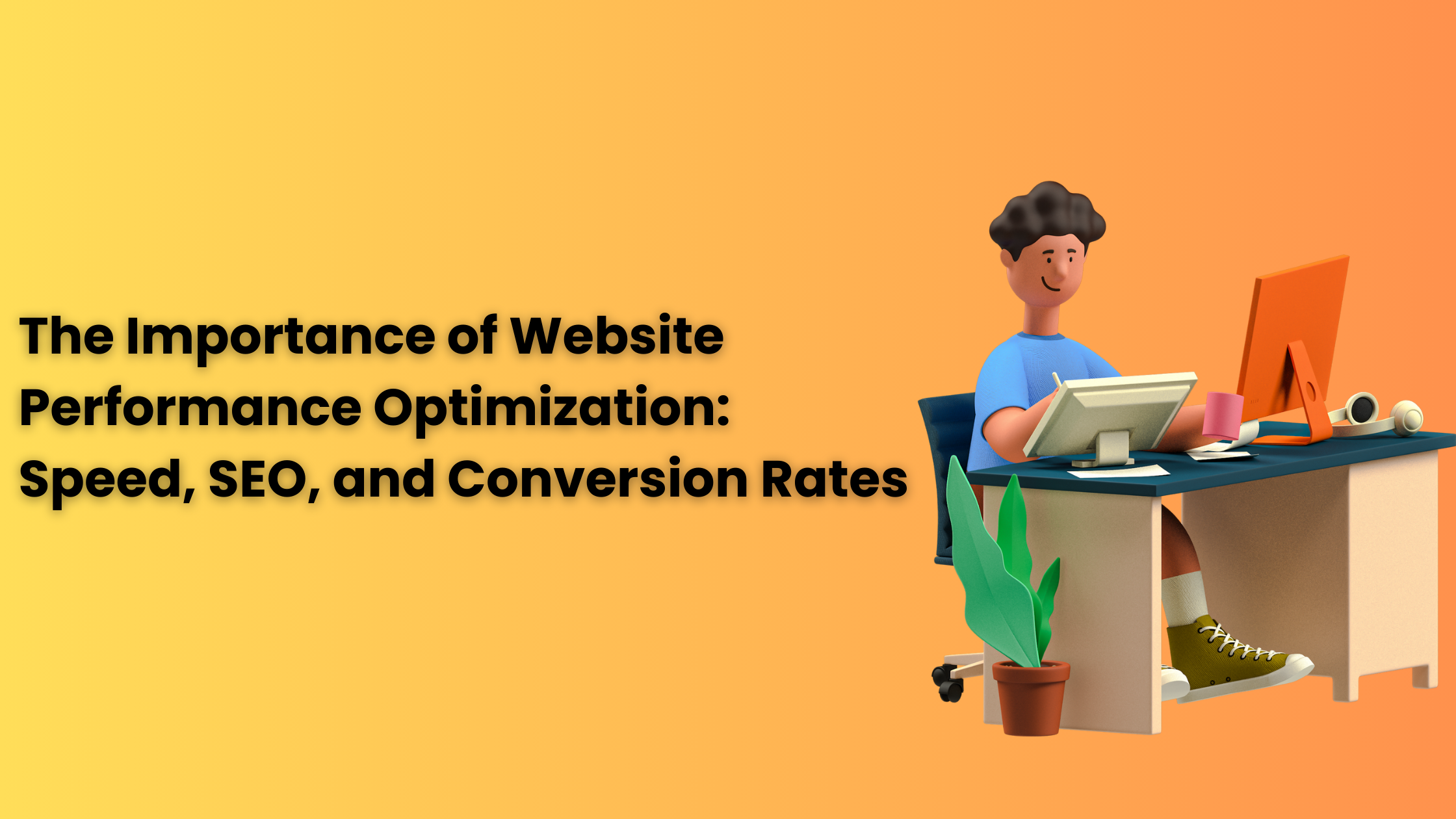



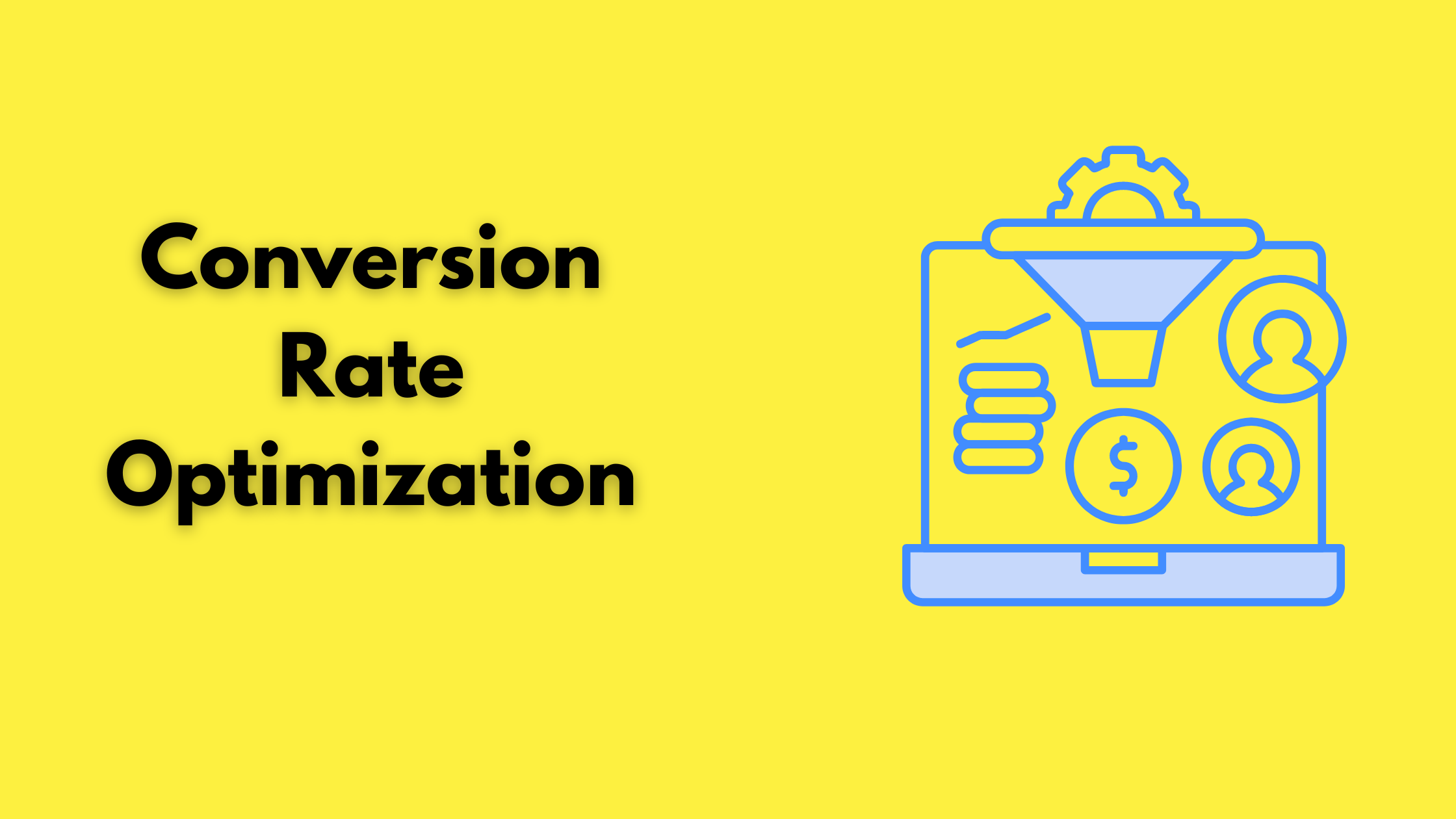


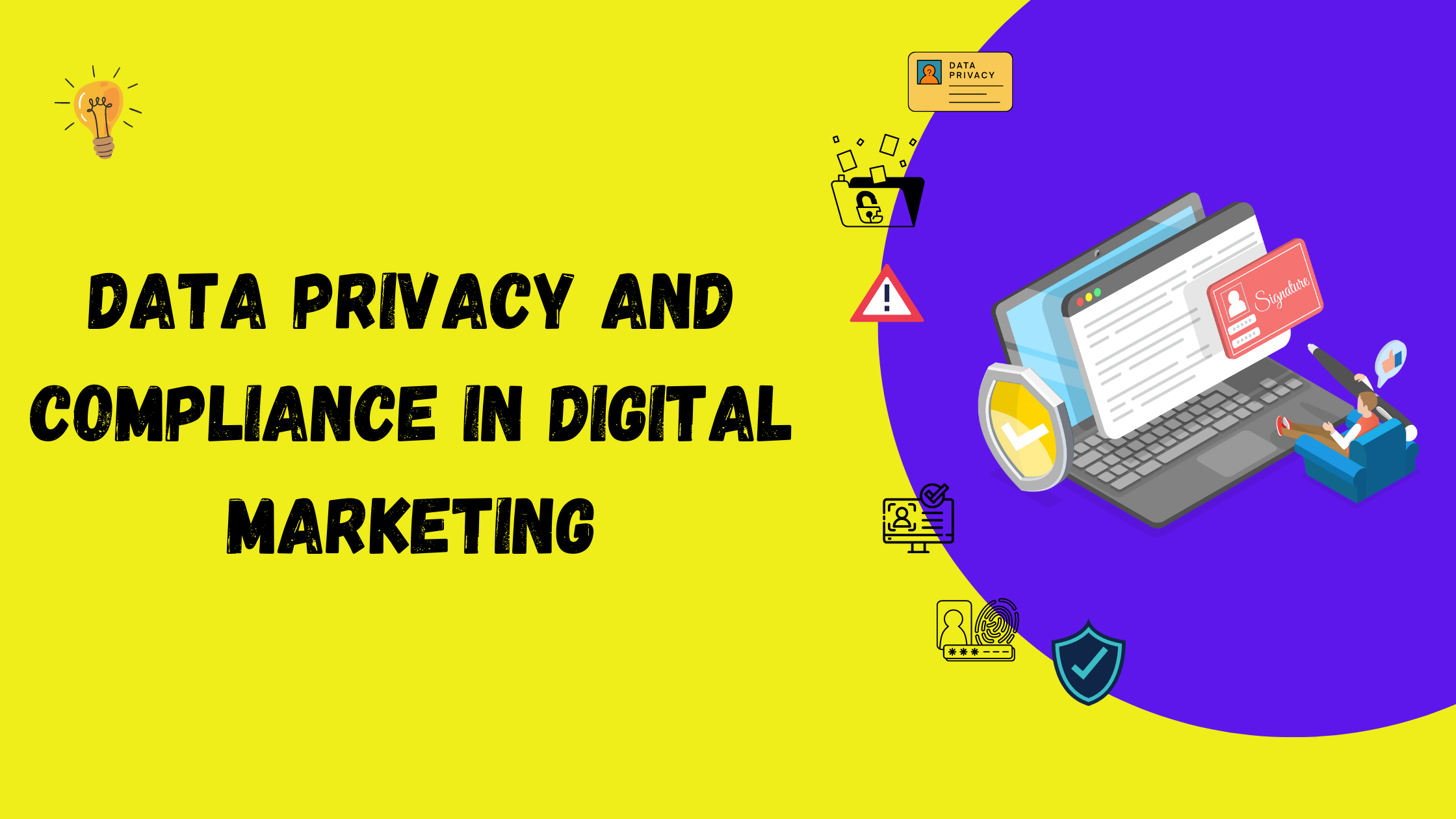
















1 Comment
Your comment is awaiting moderation.
Вас интересует займ без отказа? Тогда mikro-zaim-online.ru — именно то, что нужно. Здесь список проверенных МФО, где реально получить деньги даже при сложной КИ. Плюс — без процентов на 30 дней. Много полезных советов и рекомендации от экспертов. Просто проверьте — и убедитесь сами.
Каждая микрофинансовая организация в подборке зарегистрирована в реестре ЦБ РФ и работает по закону №151-ФЗ. Деньги переводятся мгновенно после одобрения. Проверка минимальна, отказов — практически нет. Всё по закону: официально, безопасно, с чёткими условиями и прозрачными ставками. Просто, как должно быть.
[…] Return on Investment: Measures the financial return on all your marketing efforts. You must focus on metrics that showcase the monetary value of campaigns such as sales, leads. It ensures that you are achieving tangible results. […]